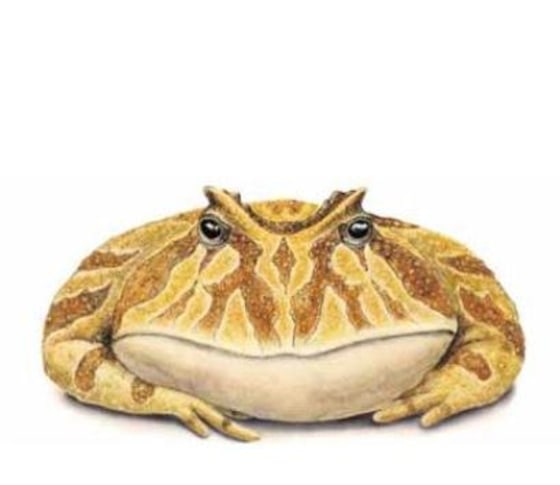
An ancient, predatory creature known as the devil frog may have looked even scarier than previously thought.
The monster frog, Beelzebufo ampinga, lived during the Cretaceous Period in what is now Africa, and sported spiky flanges protruding from the back of its skull and platelike armor down its back, almost like a turtle shell.
"We knew it was big; we knew it was almost certainly predatory," said study co-author Susan Evans, a paleontologist at the University College London. "What the new material has shown us is that it was even more heavily armored than we imagined."
The massive frog's spiked body armor may have helped it fend off the dinosaurs and crocodiles that prowled during that time. [See Photos of the Devil Frog and Other Freaky Frogs]
The researchers first discovered a few bone fragments from a mystery frog in Madagascar in 1998, but it wasn't until 2008 that they had enough pieces to identify the species. The massive frog lived between 70 million and 65 million years ago. Since then, the team has found several more bone fragments of Beelzebufo ampinga, and in the new study, they combined all the fragments to do a more complete reconstruction.
The new analysis downgrades the amphibian's size — instead of being the biggest frog that ever lived, it may be closer to the size of an African bullfrog, which grows to about 10 inches (25.4 centimeters) across. The frogs may have hunted like African bullfrogs, hiding before pouncing on a small mammal.
The findings were published Tuesday in the journal PLOS ONE.
— Tia Ghose, LiveScience
This is a condensed version of a report from LiveScience. Read the full report.Follow Tia Ghose on Twitter and Google+. Follow LiveScience on Twitter, Facebook and Google+.
